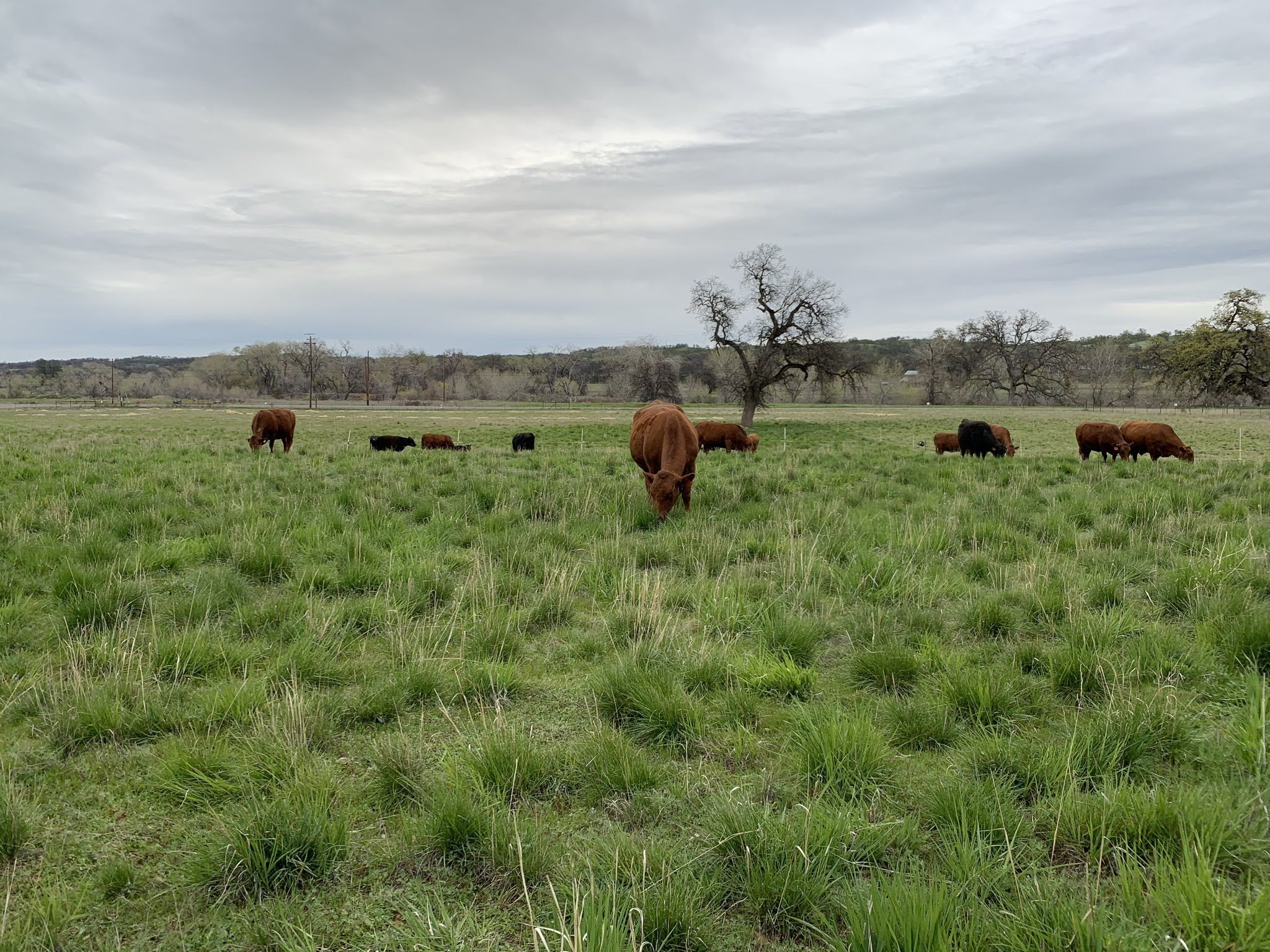Without grazing animals, grasslands die out.
— Charlotte Ekland
As ranchers, Charlotte and Roy firmly believe that the measure of their success as stewards of the land is reflected in the health of the soil, the resilience of the pastures to the on-going drought, the biodiversity of the landscape, and the revitalization of wildlife habitat.
A biologically diverse environment will foster and support healthy livestock and enhance the daily pleasure of living in a rich and varied landscape.
About Our Ranch
The home ranch that Charlotte and Roy Ekland acquired in 2009 nestles against the foothills of the Yolla Bolly mountains on the western flank of California’s Sacramento Valley. Its rolling hills are emerald green in the winter and springtime and golden yellow during the dry, hot summers.
When they purchased the ranch, over-grazing and neglect had degraded the land. Invasive annual grasses had reduced the native species to isolated remnants and native shrubs and bushes were few and far between. Oak regeneration was virtually at a stand still. During the winter rains, the runoff in the gullies ran muddy with eroded soil. Accumulated muck had filled the stock pond.
To anyone else it might have felt barren.
To Charlotte and Roy, it was their opportunity to make a lasting contribution toward the overall health of the environment, in a region they had called home for over 30 years.
To revitalize the habitat they planted oak trees and riparian species by the hundreds. Both through direct planting and by rotational grazing of their livestock, they replenished stands of native and other perennial grasses. They sought the advice of experts in regenerative agriculture and learned from trial and error in the field. Observing the soil and its biome has guided their efforts to understand the dynamics of the natural ecology of their property.
One answer to improving the health of the soil and to renovating wildlife habitat lay in Holistic Managed Grazing of the livestock.
Holistic livestock production has become the Ekland’s primary vehicle to restore the land and improve the environment for humans and animals alike.
To read more about Charlotte and Roy’s commitment to biodiversity on their land, and explore the species of plants they have cultivated, look to our Ecosystems page and our Biodiversity page.
“This land is our environmental project.”
Some of the key elements of Holistic Managed Grazing include:
Rotating the livestock from paddock to paddock during the grazing season
Adjusting herd density and length of the grazing period to the growth cycle of the plants in the area
Allowing adequate rest between grazing periods for the plants to re-grow and rebuild their root system
Leaving adequate vegetative cover on the soil to protect it from the sun and weather
Utilizing implements such as no-till seed drills to minimize the disturbance of the soil













